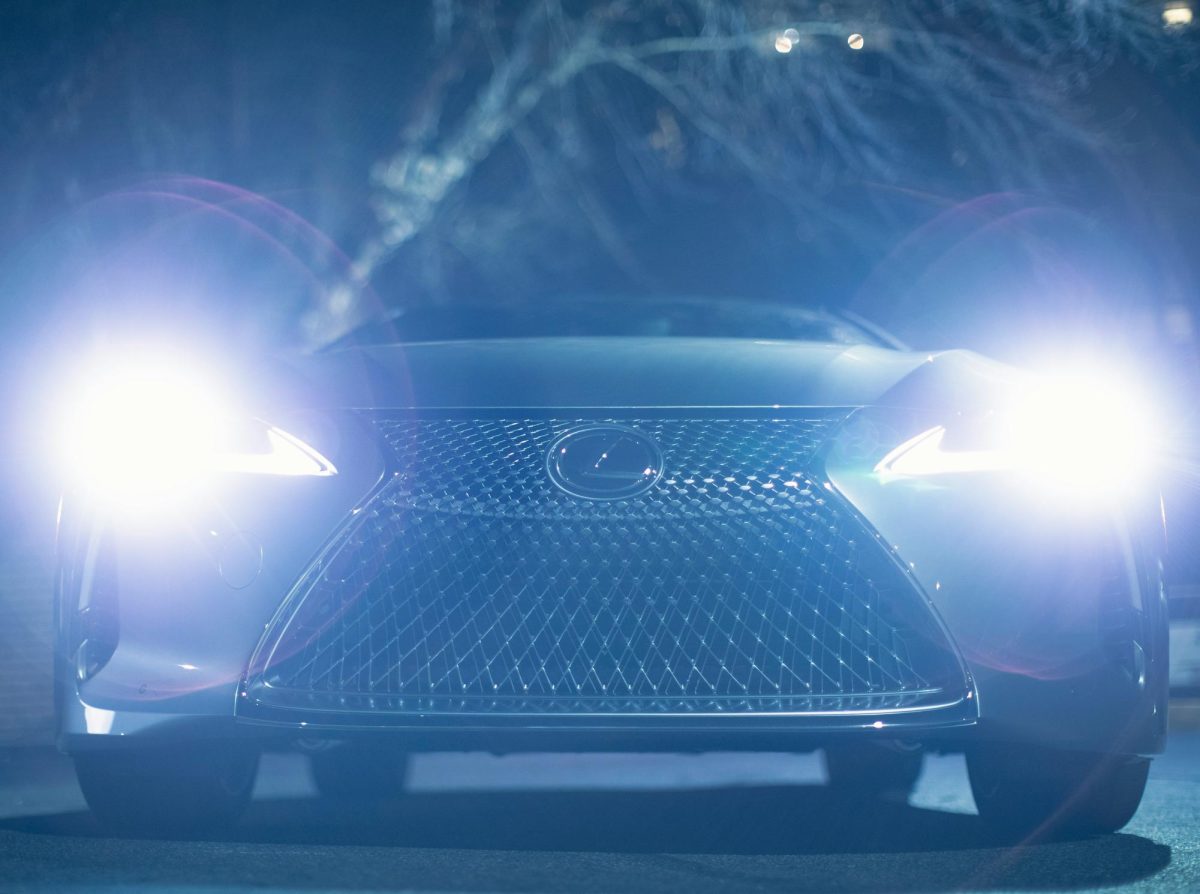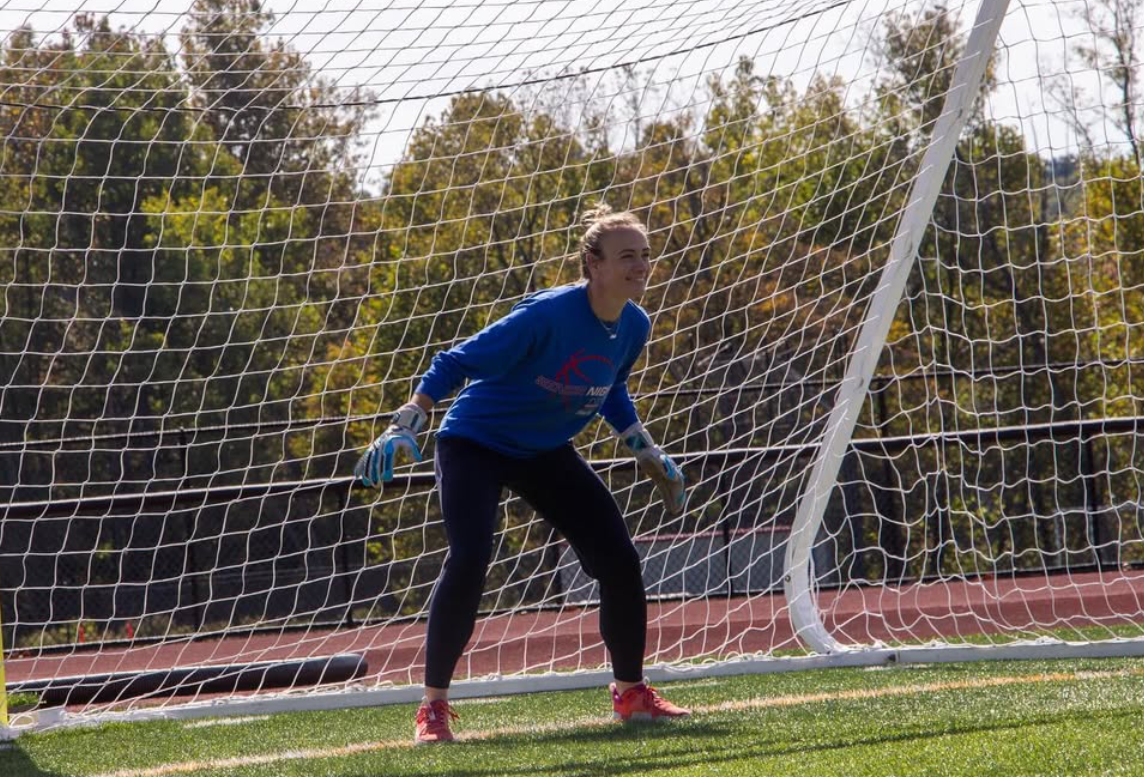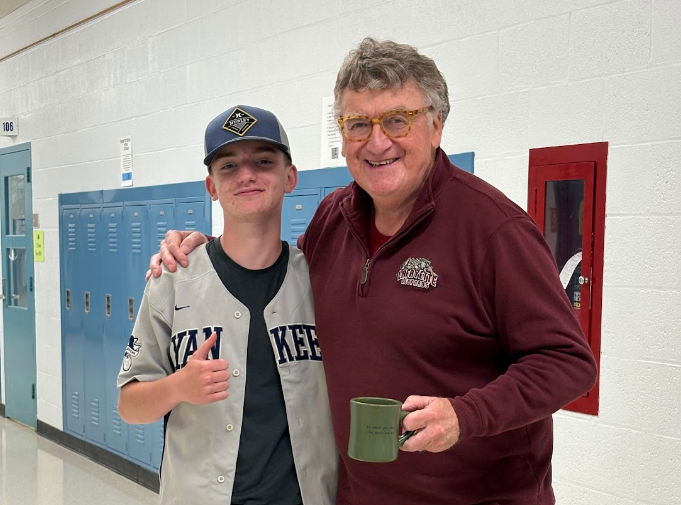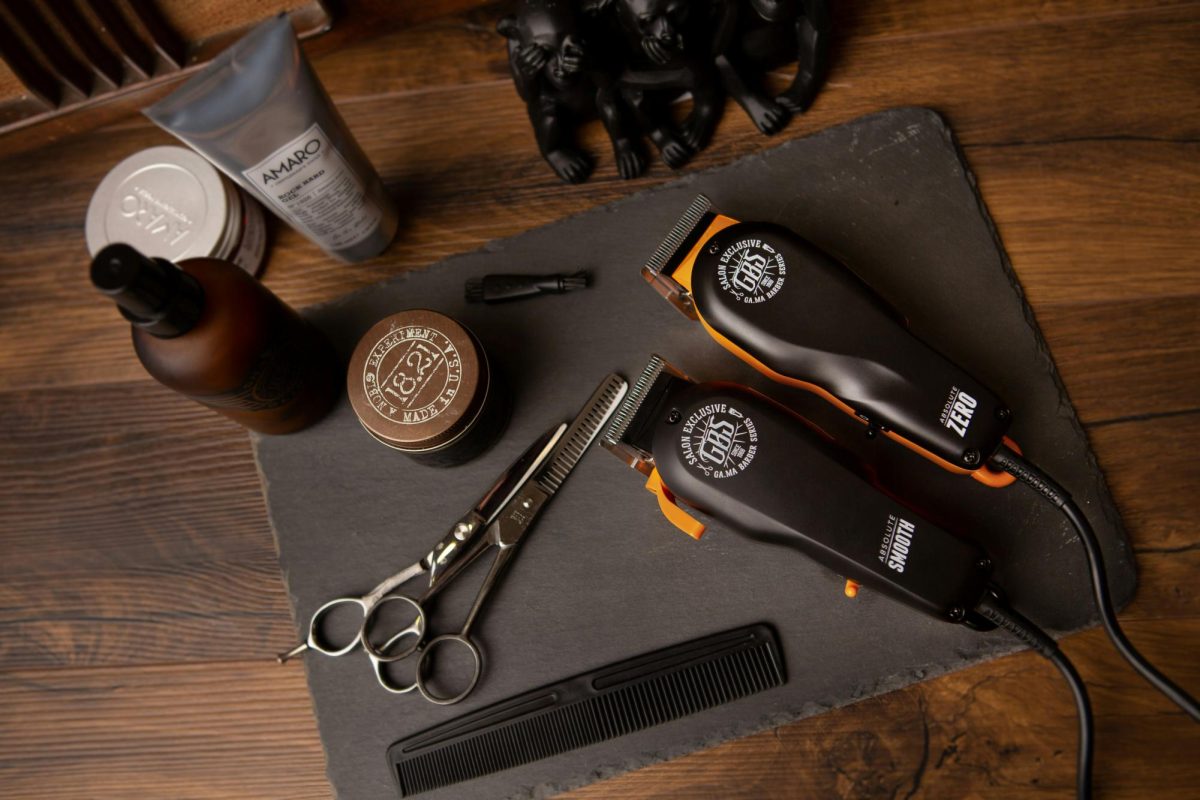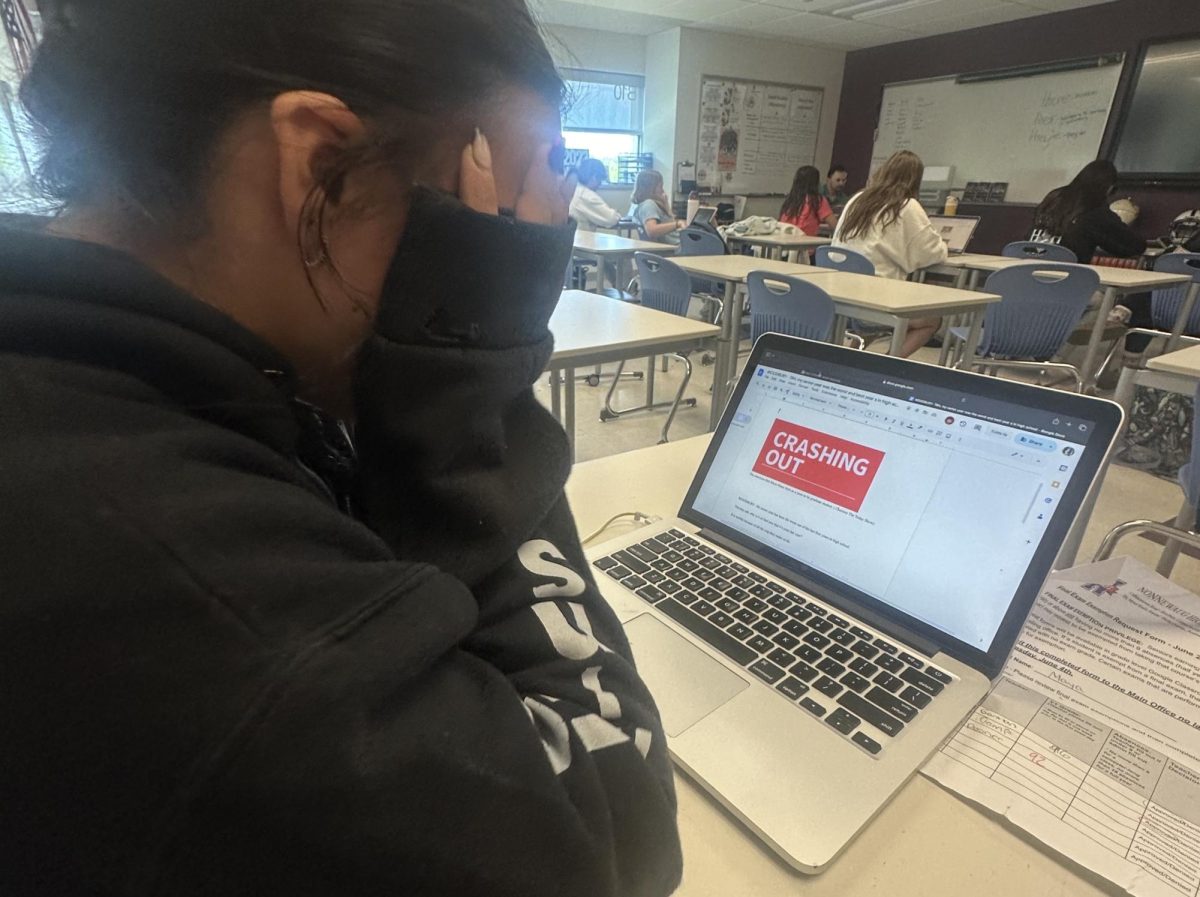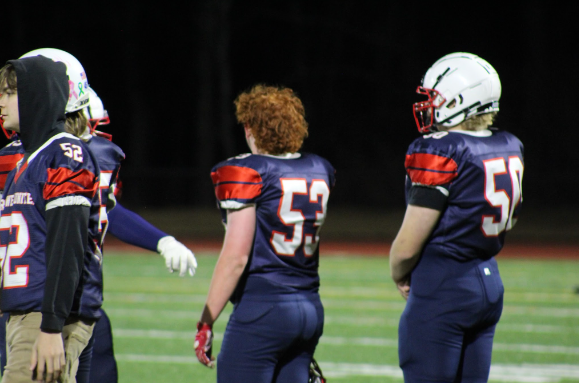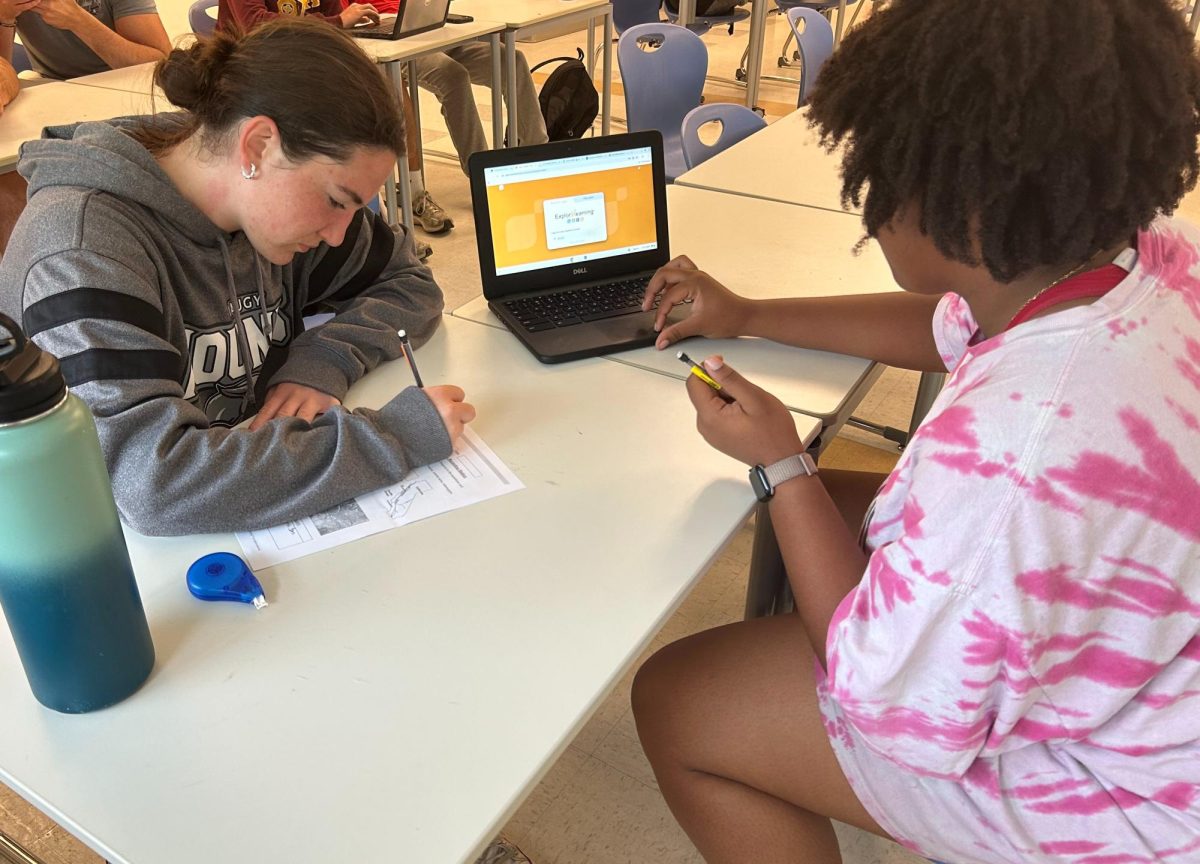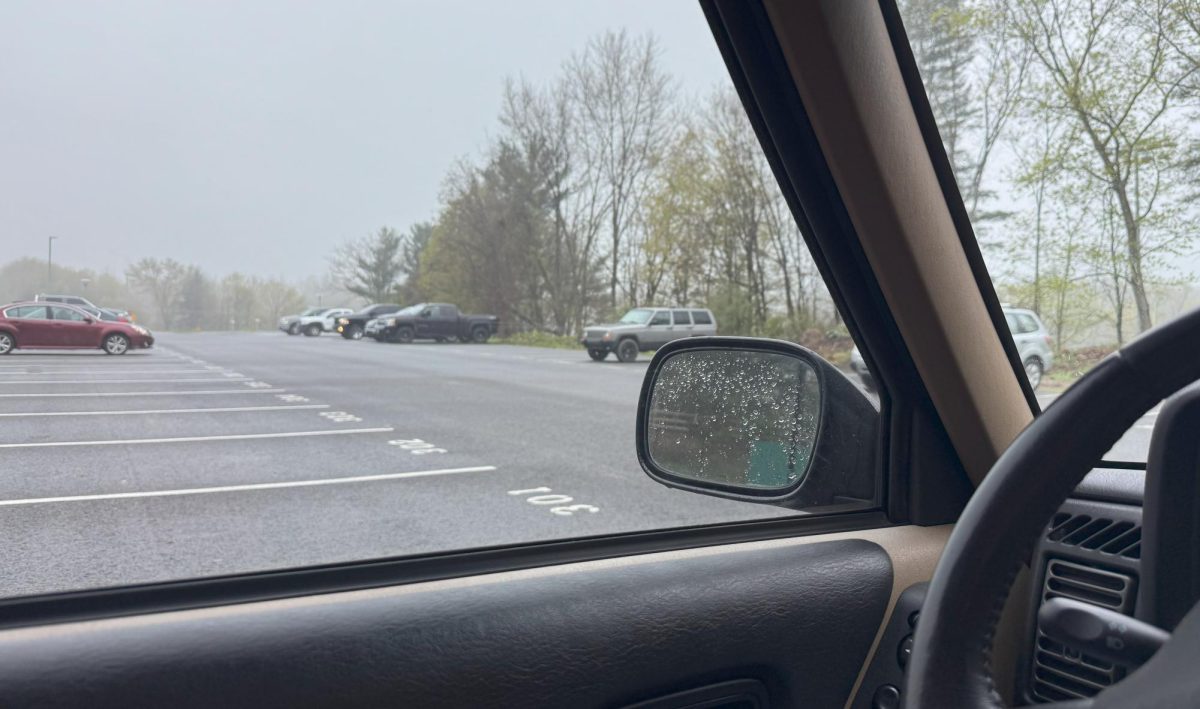WOODBURY — What’s more important when driving than visibility? The more you can see as a driver, the more you can avoid, the smarter you can drive, the less accidents that will occur.
Imagine I told you there was a way to remove all visibility while driving at night, and it’s not by turning off your headlights. In fact it involves the other cars turning their lights on.
Let me introduce you to LED (light emitting diode) headlights, a staple in cars over recent years that makes a car’s regular headlights as bright as most cars’ high beams. These types of lights emit a very bright, white light. This might seem helpful for the driver, I mean after all brighter lights means more visibility, but for the opposing drivers it’s almost the same as trying to drive with 15 flashlights right in their face.
The alternative to these dangerously bright LED beams are something that vehicles previously were all equipped with: halogen lights.
The easiest way to tell the difference is by the color, while the LED lights have a bright white color the halogen lights give off a calmer yellow glow. Halogens also tend to be cheaper, and much easier to replace. The biggest plus, however, is the difference for opposing drivers. It’s much easier on the eyes when facing halogen lights compared to LEDs. And while they do tend to have more limited visibility, halogens still offer a safer alternative to the LEDs.
Even the National Library of Medicine, a government funded agency, claims the glare drivers face due to high beams can limit the visibility thus increasing the risk of accidents by a significant amount. In a study they conducted it was determined that about 12%-15% of all fatal accidents during night are caused by the glare of high beams–a percentage far too high for how simple of a fix it should be.
One proposed solution is the construction of anti-glare facilities along major roadways. These are essentially structures like poles or fences built on the side of roads that help block the glare from oncoming traffic.
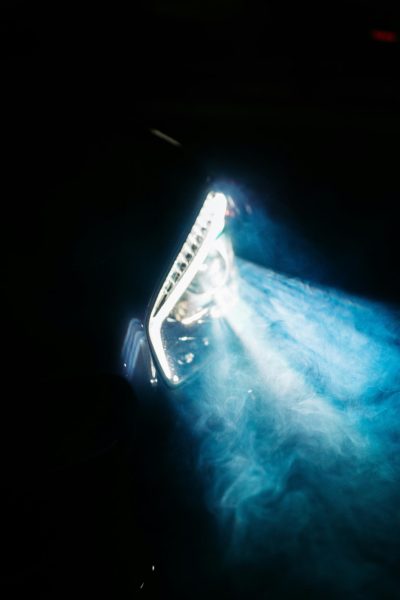
“I have a small car, so if I drive at night with trucks and high up cars I just can’t see at all,” said Nonnewaug senior Jacob Gorlewski. “It’s really annoying but also dangerous, it’s scary trying to drive when I can’t really see.”
Driving in itself is already dangerous enough with an estimated 17,000 car accidents happening each day in America, according to Mason Law Firm, an accident lawyer. There’s no need for the increased risk to drivers for the additional visibility which isn’t even really necessary in the first place.
LED lights have proved to be more harmful to drivers than they are helpful, their only benefit is additional visibility. However, at night that extra visibility does nothing to help the drivers. Halogen lights are already plenty bright to light up the road and enough on the sides of the road to watch out for any people or animals attempting to cross.
These lights can also increase the amount of road rage in other drivers. According to Dulaney Lauer Thomas Law Firm, having on high beams while behind another driver can blind, distract and infuriate other drivers. This could lead to unsafe driving such as the driver slamming on their breaks or trying to speed away to avoid the high beams.
“I don’t think lights that bright need to exist on the roads,” said Nonnewaug senior Kyle Viveros. “I just don’t see any point to them. I see them all the time on the road on trucks and big cars and all they’ve ever done for me is make it harder to drive. It seems overly dangerous.”
While bright lights may not be the biggest threat on the roads, a threat is still a threat. And an easily fixable one at that, so it makes no sense to me as to why they should still be allowed on the roads. If we truly care about decreasing the amount of car accidents, headlights seem like a great place to start.
“I think it would be smart to introduce limitations for headlights on cars,” said Viveros. “I feel like it would only make it safer to drive at night. And I don’t think there’s too much safety when talking about driving.”
This is an opinion piece written by reporter Sean Classey, class of 2024.



